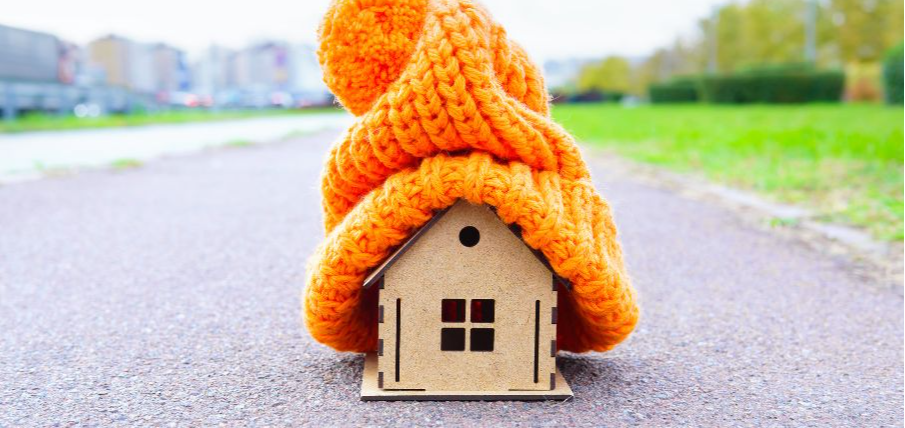10 winter energy saving tips every Adelaide household should know

During the winter in South Australia, it's important to think about how you can keep your home warm and comfortable without running up your energy bills.
At SA Power Networks, we understand the challenges of staying warm during the colder months, and we’re here to help.
Below are our top 10 tips to keep your home cosy while you save energy this winter.
1. Make the most of natural heat
One of the easiest ways to keep your home warm during the day is to make use of natural sunlight. Open curtains and blinds to let sunlight in, and once the sun sets, close them to trap the warmth inside. This simple energy saving step can make a noticeable difference in your power consumption.
2. Insulate your home
Proper insulation is essential for keeping your home warm during winter. Insulation helps prevent heat loss, keeping the warmth in and the cold out, so that your heating system doesn’t need to work as hard. Check your ceiling and wall insulation and consider upgrading it, if necessary.
3. Seal drafts around windows and doors
Cold air can make its way into your home through gaps and cracks around windows and doors. Sealing these drafts with weather stripping or caulk will help keep the winter air outside. This is a simple cost-effective way to make your home more energy efficient.
4. Use heavy curtains
Heavy curtains are especially effective at reducing heat loss through windows, which can account for a significant proportion of your home’s warmth escaping.
5. Set your heating thermostat to a moderate temperature
To remain comfortable during winter, while still being energy efficient, set your heat pump thermostat to a moderate temperature; ideally this should be around 18°C-21°C. For every 1°C lower and 1°C higher that you set your heating and cooling system, you could reduce the running costs of these appliances by up to 10%.
6. Install a reverse cycle air conditioner or heat pump
When it comes to heating your home, installing a reverse cycle air conditioner or heat pump is an energy efficient, cost-effective solution. These types of heating units work by transferring heat from the outside air to warm your space, and so consume significantly less power than other heating methods.
7. Dress warmly even when indoors
Rather than turning up the temperature on your home heating when you’re cold, you can save energy and money by dressing warmly in layers. Wearing thick socks, sweaters and thermal clothing indoors can help you stay comfortable at a slightly lower room temperature, reducing the need for excessive heating. It’s a great example of saving energy made easy!
8. Switch ceiling fans to rotate clockwise
Ceiling fans aren’t just useful in summer. During the colder months, if you reverse the direction of your ceiling fan to rotate clockwise, it will help circulate warm air down from the ceiling and evenly distribute heat throughout the room. This produces a more comfortable living environment while at the same time being a good method of efficient energy use.
9. Close doors to unused rooms
Don’t waste energy heating empty rooms. Close the doors to rooms that you’re not using. This will ensure your home is more energy efficient, and that heat stays concentrated in the areas that matter most.
10. Maintain your heating system
To ensure your heat pump or reverse cycle home heating system is working efficiently, regular maintenance is key. Clean the filters, check for leaks, and have your system serviced by a professional regularly to ensure that it’s running smoothly and is as energy efficient as possible.
Want to find more ways to save energy?
At SA Power Networks, we’re committed to helping South Australian households reduce their energy consumption and save money this winter.
By following these simple yet effective energy saving tips, you can stay warm throughout winter while keeping your energy bills under control.
To find out more about saving energy made easy, visit our Be Energy Efficient page.